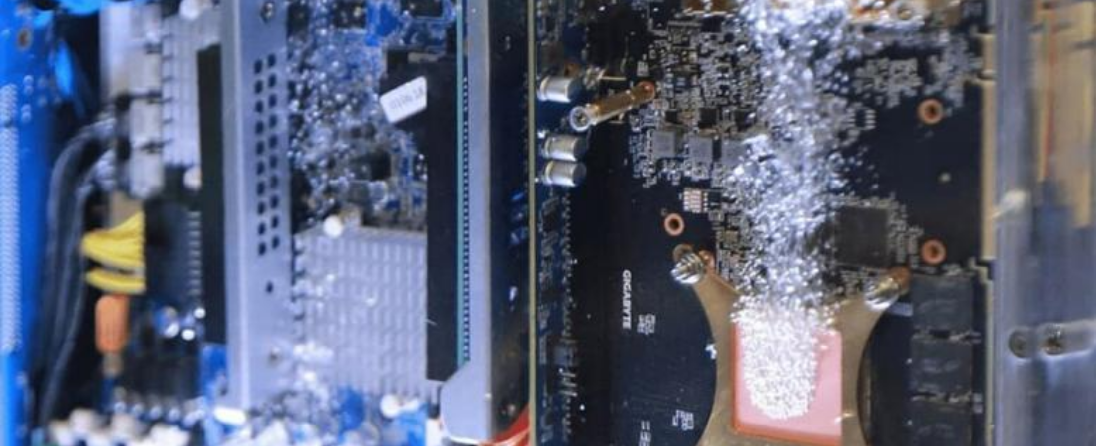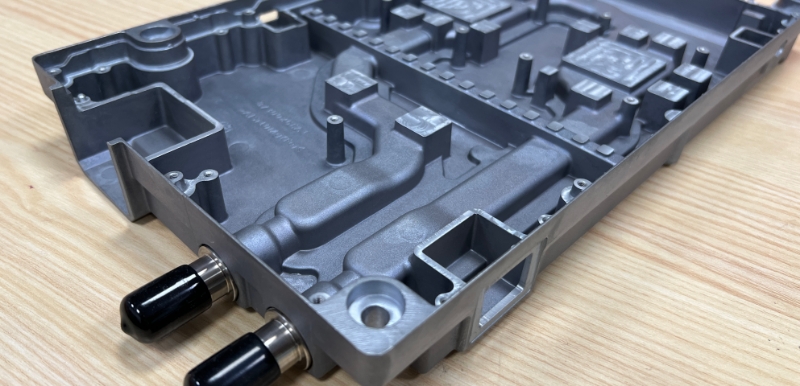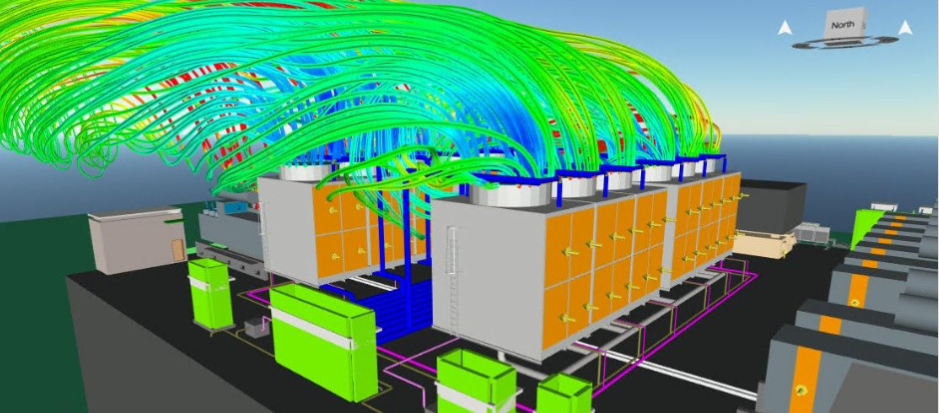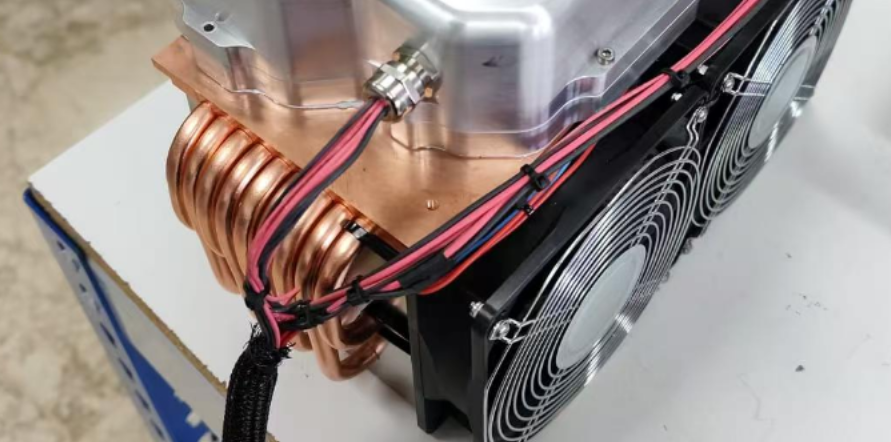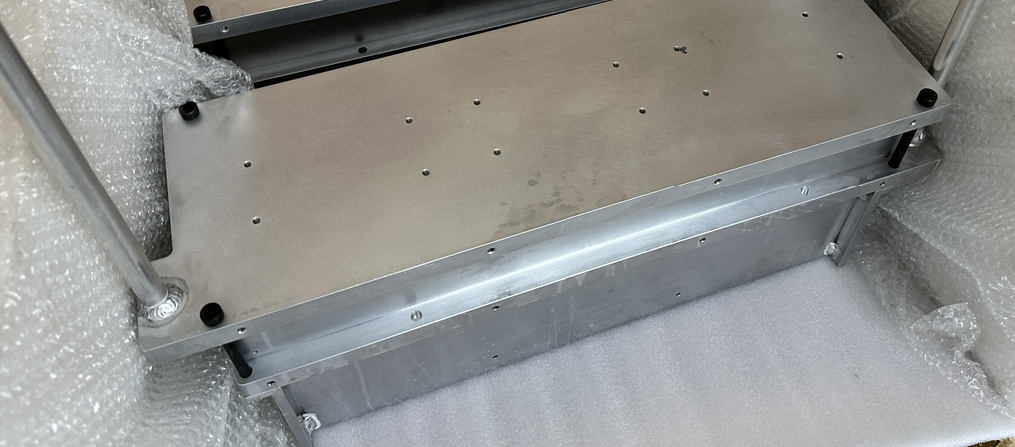With the exponential growth of AI computing power requirements, traditional cooling technologies are struggling to meet the cooling needs of high-power-density servers. Immersion liquid cooling technology, with its outstanding heat dissipation performance, has emerged as the ultimate solution to this challenge. This technology enables efficient chip-level thermal management by completely immersing AI servers in insulating coolant.
I. Core Advantages: Revolutionizing Traditional Cooling Modes
The performance improvements brought by immersion liquid cooling technology are revolutionary:
- Ultra-high heat dissipation efficiency: The heat dissipation efficiency is 10 times higher than that of traditional solutions, and it can support ultra-high power density scenarios above 1 kilowatt.
- Extreme energy efficiency ratio: The Power Usage Effectiveness (PUE) value can break through 1.1, reducing energy consumption by more than 30% compared to traditional solutions.
- Space optimization: The space utilization rate is increased by 50%, effectively saving the floor area of data centers.
- Enhanced reliability: Practical application data shows that this solution saves 18% more energy and reduces the equipment failure rate by 60% compared to traditional cooling solutions.

II. Technical Challenges and Countermeasures
Despite its significant advantages, immersion liquid cooling technology also faces several challenges in application:
- High initial cost: The system design and implementation are relatively complex, requiring professional technical support and customized solutions, resulting in high initial investment costs.
- Compatibility verification: Special treatment and verification are needed for specific materials and components to ensure that the coolant does not damage the system components.
- Leakage risk control: Non-conductive and chemically stable dielectric liquids are selected, and extremely high requirements are placed on sealing. A complete leakage detection and early warning system needs to be established, and emergency cleaning equipment should be equipped.
- User acceptance: As a new technology, it takes time for traditional data center managers to understand and accept this new cooling solution.
III. Technical Principles and Working Modes
The working principle of the immersion liquid cooling system is to directly immerse IDC IT servers in insulating coolant, and the circulating flow of the coolant takes away the heat generated by the servers to ensure stable operation. This technology mainly has two modes:
- Unidirectional immersion: The coolant needs to enter the Coolant Distribution Unit (CDU) for circulation.
- Bidirectional immersion: The coolant completes the circulation only within the immersion cavity.
The cooling architectures of the two modes are basically the same, and the main difference lies in the circulation paths of the coolant.
IV. System Design Solutions
According to different application scenarios, the immersion liquid cooling system can adopt various design solutions:
- Distributed immersion: The Tank (reservoir) and CDU are deployed separately, and IT equipment is directly immersed in the Tank filled with insulating coolant, achieving efficient heat dissipation through heat exchange.
- Integrated immersion: The Tank and CDU are integrated into a modular unit, making it easy to move and deploy.
- Single-node immersion: Adopting a U-node design, the coolant takes away the heat through the sealed server housing, mainly applied in fields with extremely high reliability requirements such as the military industry.
- Fixed-point immersion: Conducting targeted cooling for key heat-generating components such as chips, memory modules, hard disks, motherboards, power supplies, and GPUs to achieve precise heat dissipation.
With the rapid development of AI technology, immersion liquid cooling technology is transitioning from a concept to large-scale application. Despite facing cost and technical challenges, with its unparalleled heat dissipation advantages, this technology is bound to become the mainstream choice for data center cooling solutions in the future, providing a reliable guarantee for the continuous improvement of AI computing power.

